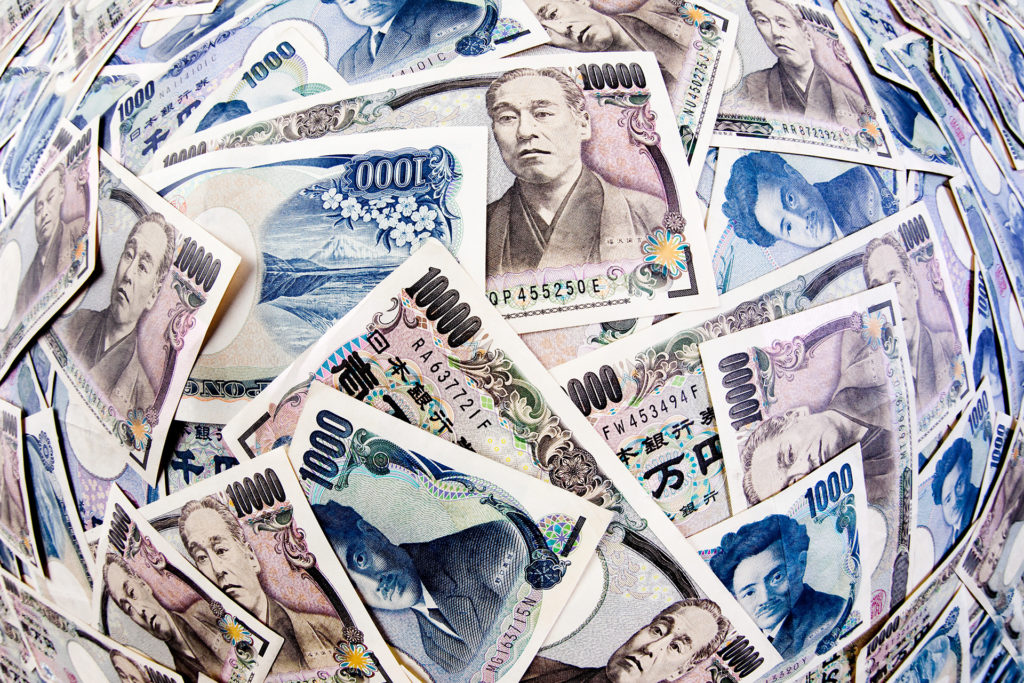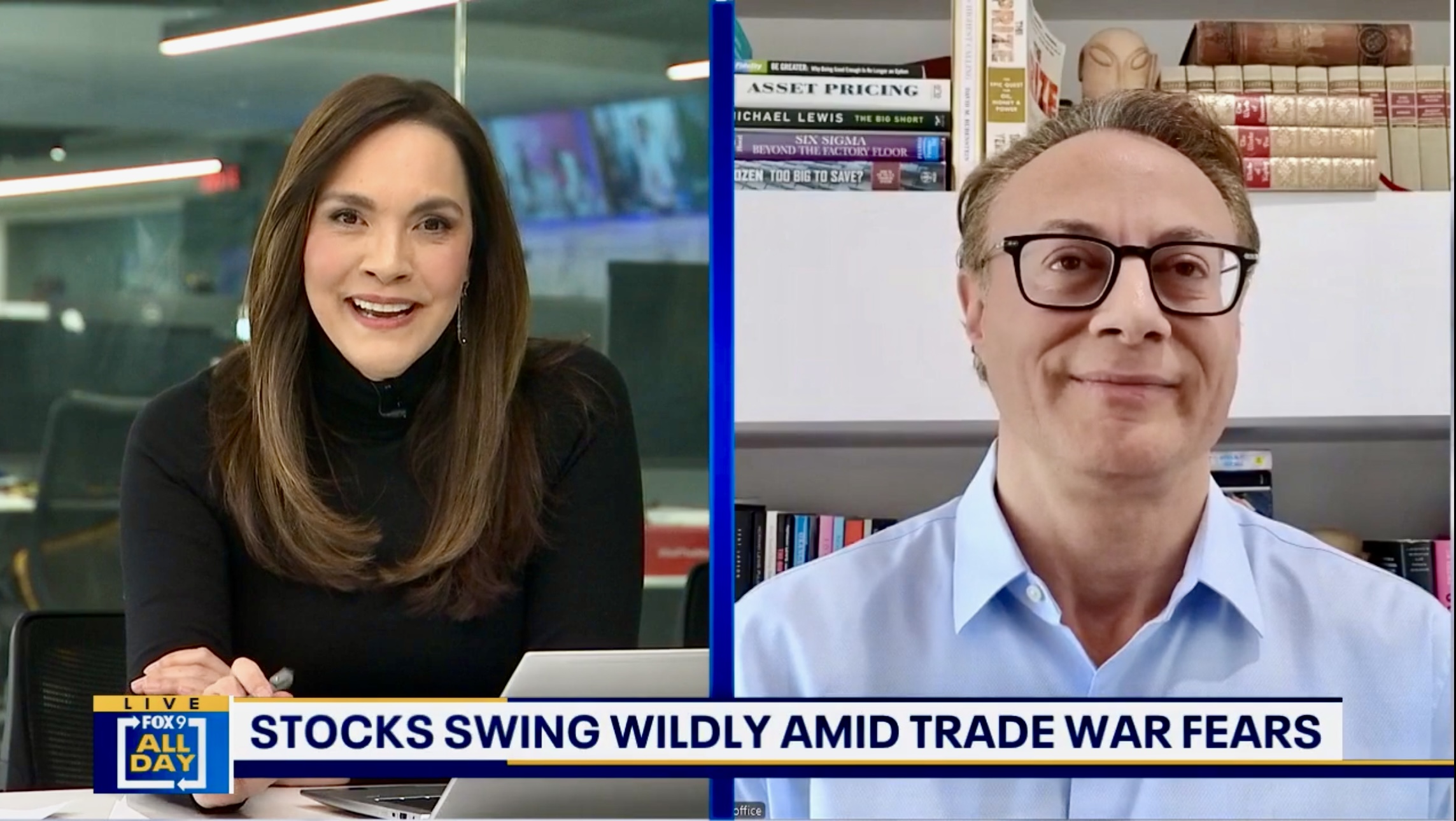What has happened to Japan’s currency, the Yen? Running Point and its chief investment officer, Michael Ashley Schulman, CFA, were quoted by the International Business Times in an article—by Panos Mourdoukoutas PhD, “Japan-China Tensions Over Taiwan Add Pressure On The Yen”—regarding pressure on the yen created by Japan-China tensions.
The following are excerpts from that article:
“The Japanese Yen has declined sharply since early March—it is at levels not seen in 20 years—because of a confluence of reasons including Bank of Japan’s intervention to keep its 10-year bond yields at or below 0.25%, higher U.S. yields, slower global growth, higher energy and commodity prices, and peripheral fear that Japan might get embroiled in a war to protect Taiwan from China,” says Michael Ashley Schulman, CFA Partner / Chief Investment Officer at Running Point Capital Advisors.
Schulman thinks that the yen weakness reflects the weakness of the Japanese economic growth vis-a-vis the U.S. “Japan is much more dependent on global growth (which is slowing), and Japan is a net importer of energy and commodities and thus hurt by rising global prices of raw materials,” he says. “Although the yen is usually thought of as a flight-to-safety asset in times of risk or uncertainty, it has lost much of that safety luster since former Prime Minister Shinzo Abe last November began to publicly proclaim that Japan would not stand by if China attacked Taiwan,” adds Schulman.

Disclosure: The opinions expressed are those of Running Point Capital Advisors, LLC (Running Point) and are subject to change without notice. The opinions referenced are as of the date of publication, may be modified due to changes in the market or economic conditions, and may not necessarily come to pass. Forward-looking statements cannot be guaranteed. Running Point is an investment adviser registered with the U.S. Securities and Exchange Commission. Registration does not imply a certain level of skill or training. More information about Running Point’s investment advisory services and fees can be found in its Form ADV Part 2, which is available upon request. RP-22–15


